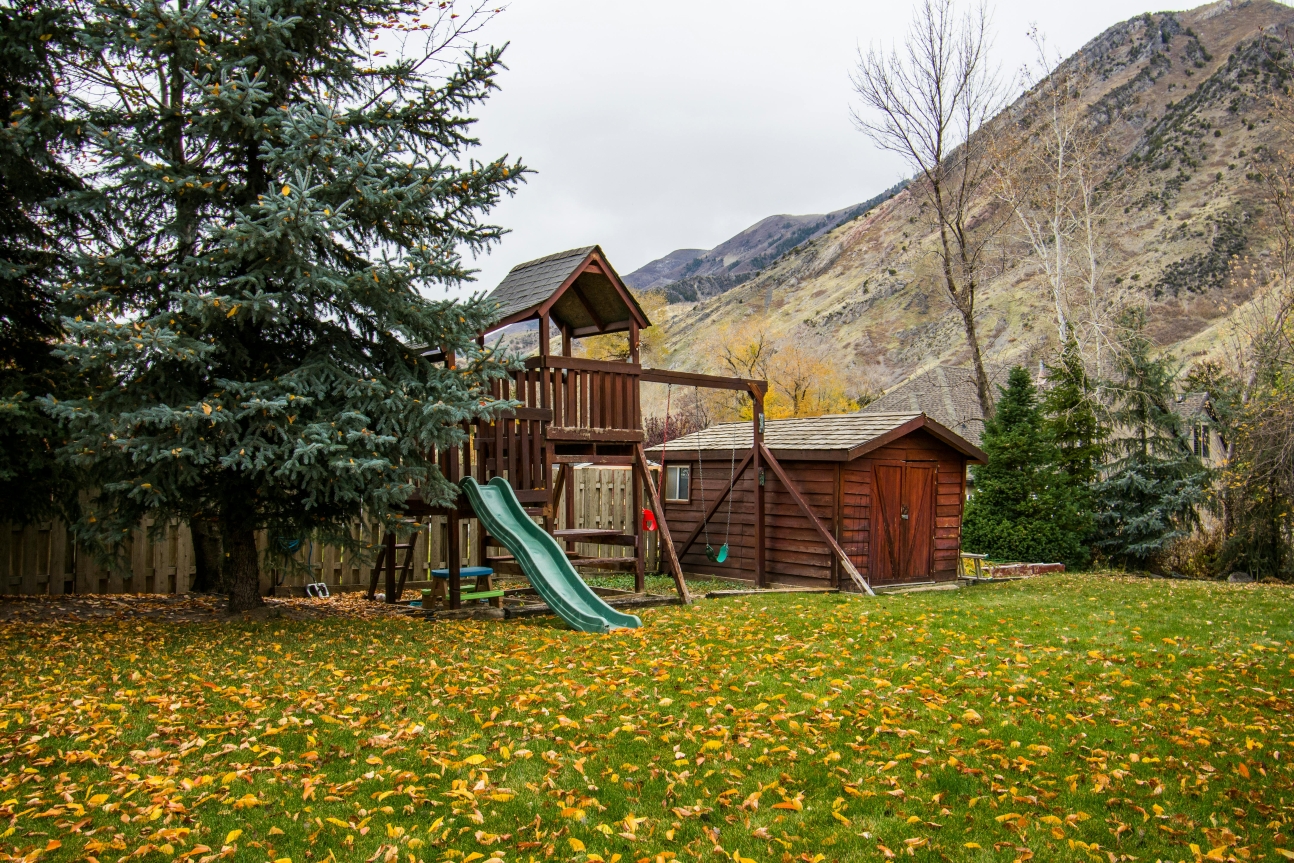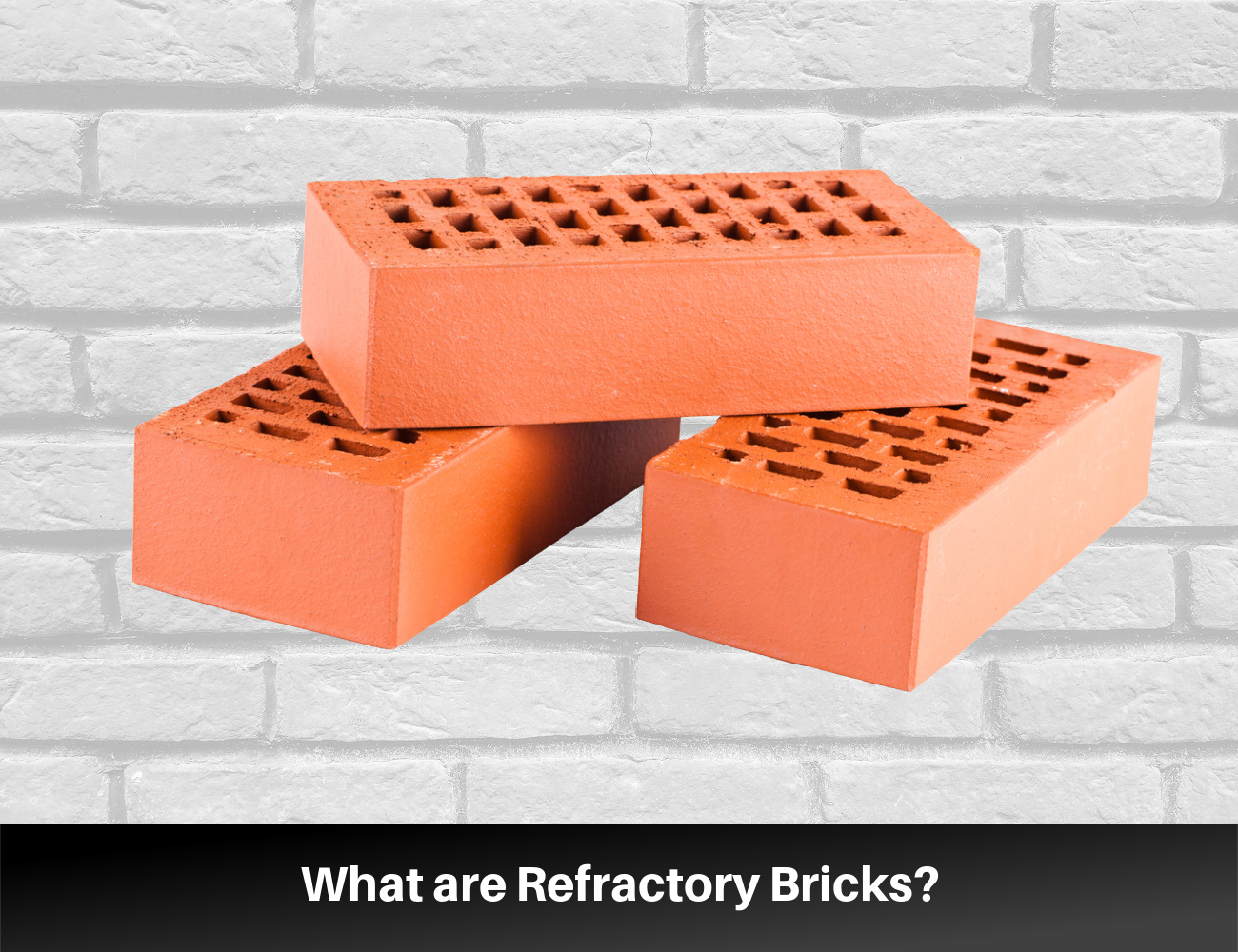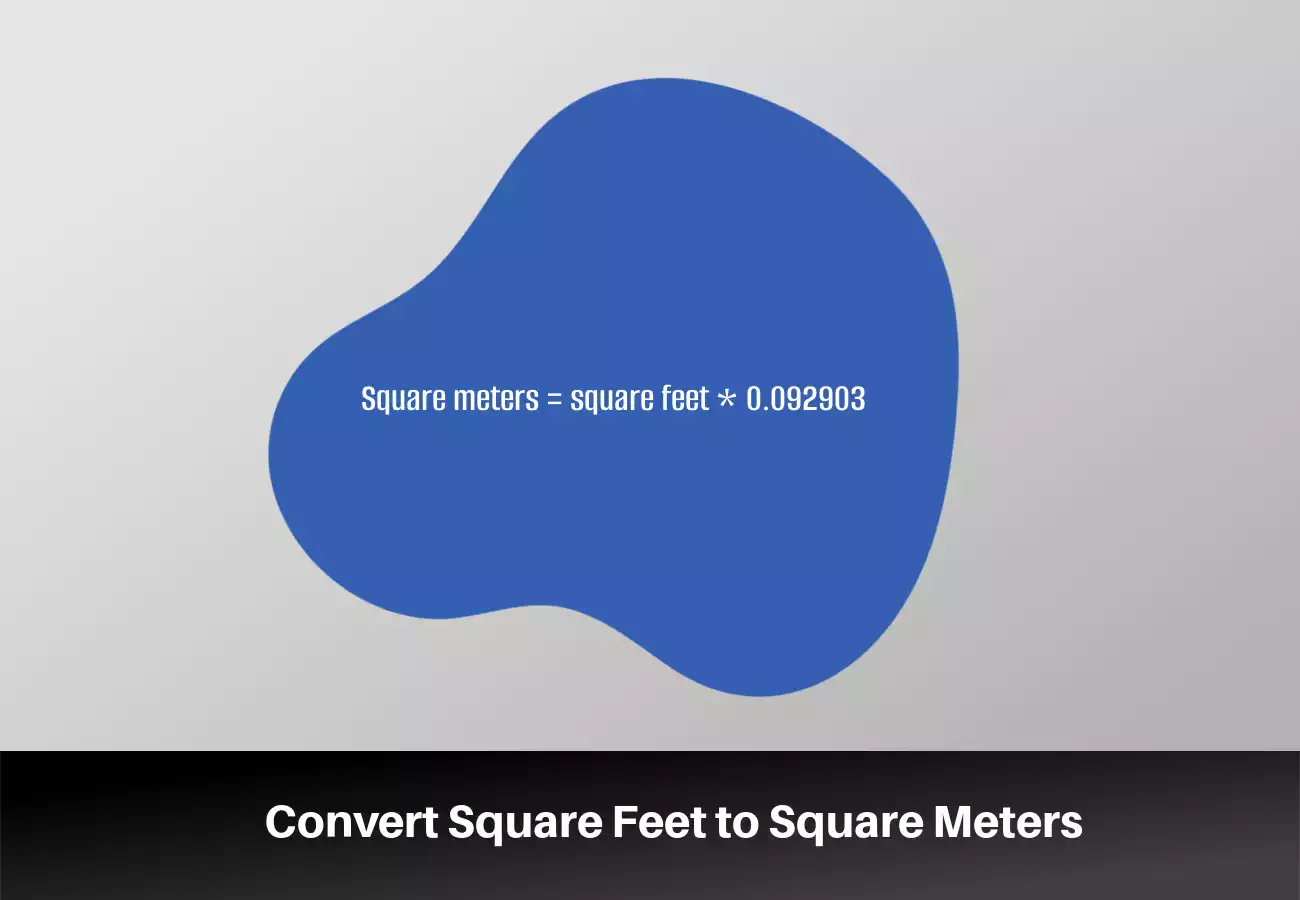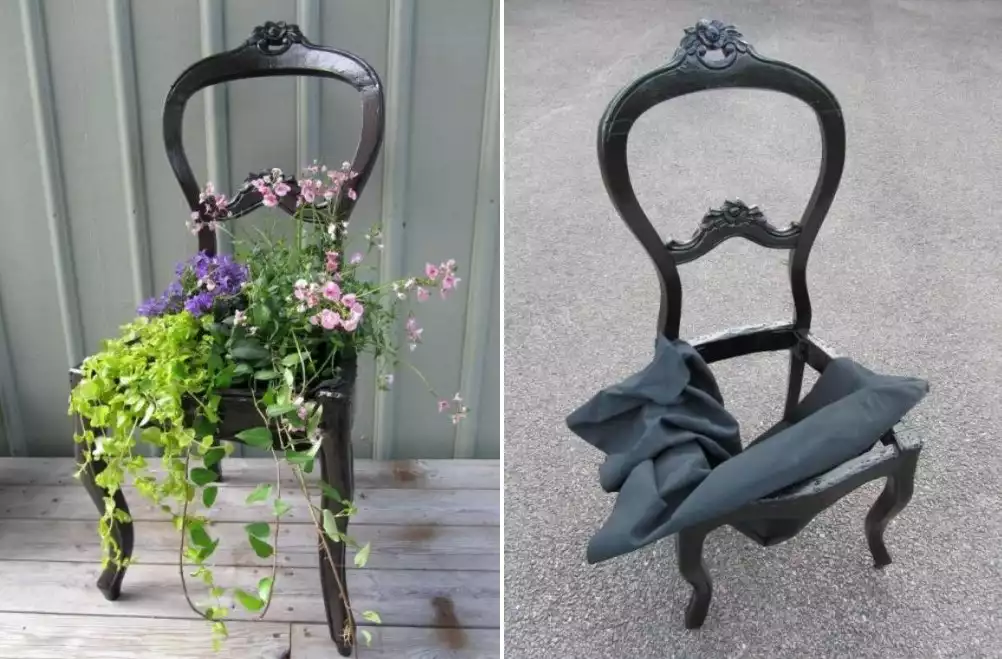Orange and red fall landscapes look beautiful, but do fallen leaves pose a threat to your lawn? If your yard looks anything like mine, it’s hard to see the grass through the sheer amount of leaves on the ground.
There’s some debate on whether to leave the fallen leaves on the ground or make use of them elsewhere. As with most things, the best solution for your yard is a personal one. Here’s what to consider.

Must Do: Clear Fallen Leaves from your Gutters
Fallen leaves from trees flanking a house will clog the gutters unless the house is equipped with gutter guards. Clogged gutters can lead to rainwater spilling over the side, potentially causing water damage to the home’s fascia or roof. The misdirected water may land too close to the foundation, causing serious issues.
You should clean your gutters twice yearly, but it is especially important to keep them clear of leaves and other large debris that can create backups.
Leave the Leaves on the Ground
If you don’t mind looking at layers of leaves in your yard, you can leave them as is. Fallen leaves will (eventually) decompose, adding nutrients to your soil and acting as a mulch that prevents weeds from growing. The leaves also provide an environment for insects to thrive in fall and winter.
However, if you live in a snowy climate, mow over the leaves or go over them with a mulching blade. (Note: make sure the leaves are dry before you mow them.) In-tact leaves rarely decompose by spring in cold, snowy climates. Instead, they end up creating a soggy mess that’s more difficult to deal with. Breaking them up with a lawn mower remedies this problem while giving the leaves a chance to fertilize your lawn.
Create Beneficial Leaf Mulch
You can mulch leaves with a lawn mower’s mulching blade or with a portable leaf mulcher. Collect the mulch in a bag and use it around flowers, shrubs, and trees.
Rake Them Around a Tree
If you don’t have many leaves in your yard and want an easy way to clean them, rake them around a tree. They will act as mulch for the tree, eventually decomposing and fertilizing the soil.
Bag Them and Let the City Pick Them Up
Most cities have designated days for picking up yard waste such as leaves, grass clippings, and sticks. Consult your city’s website for collection days and rules. They may ask that all waste be placed in a biodegradable bag on the curb.
Some municipalities also have collection sites open year-round. Again, you must contact your local government officials or the city website for details.
Save Fallen Leaves for your Compost Pile
If you want to create organic fertilizers for your plants next year, your fallen leaves offer a great start to a compost pile. To compost fallen leaves, mow over them to break them down, collect the leaf bits, and place them in a designated area of the yard. Layer in food waste or grass clippings (anything nitrogen-rich) and turn your compost pile once per month.
Transport the Leaves to a Wooded Area
If you want to benefit the insects and wildlife in the area, consider transporting the leaves from your yard to the woods. (This works best if you have some wooded area on your property.)
Make Leaf Mold (An Organic Fertilizer)
Leaf mold is an organic fertilizer that increases soil moisture retention by up to 500%. It consists of a wide variety of decomposed leaves. Once fully decomposed, they turn to a brown, crumbly substance with an earthy smell.
Pile leaves on the ground or in a plastic trash bag to make leaf mold. (If you use a trash bag, poke holes in it to provide airflow.) Wet the leaves with a water hose about once per month or whenever dry. After 1-2 years, the leaves will turn into leaf mold, and you can use it in your garden or flower beds
If you like our page please share with your friends & Facebook








